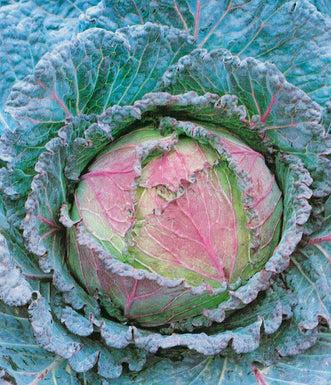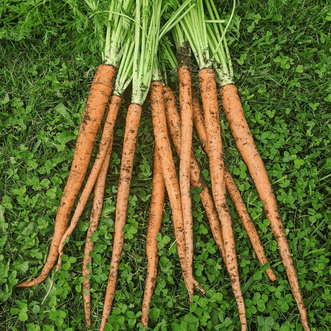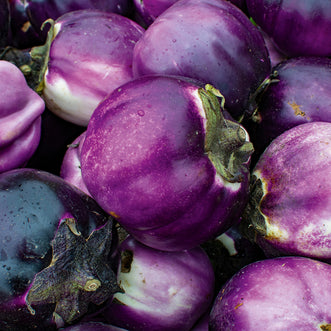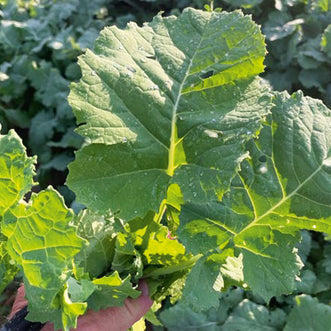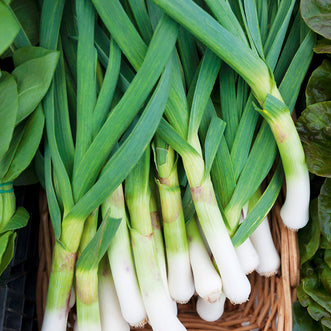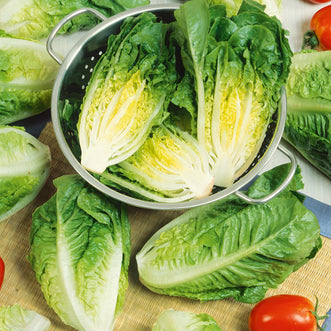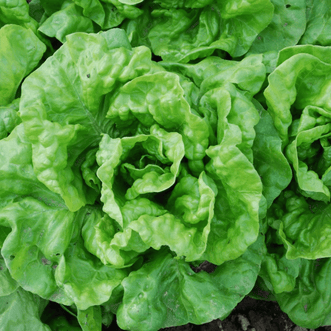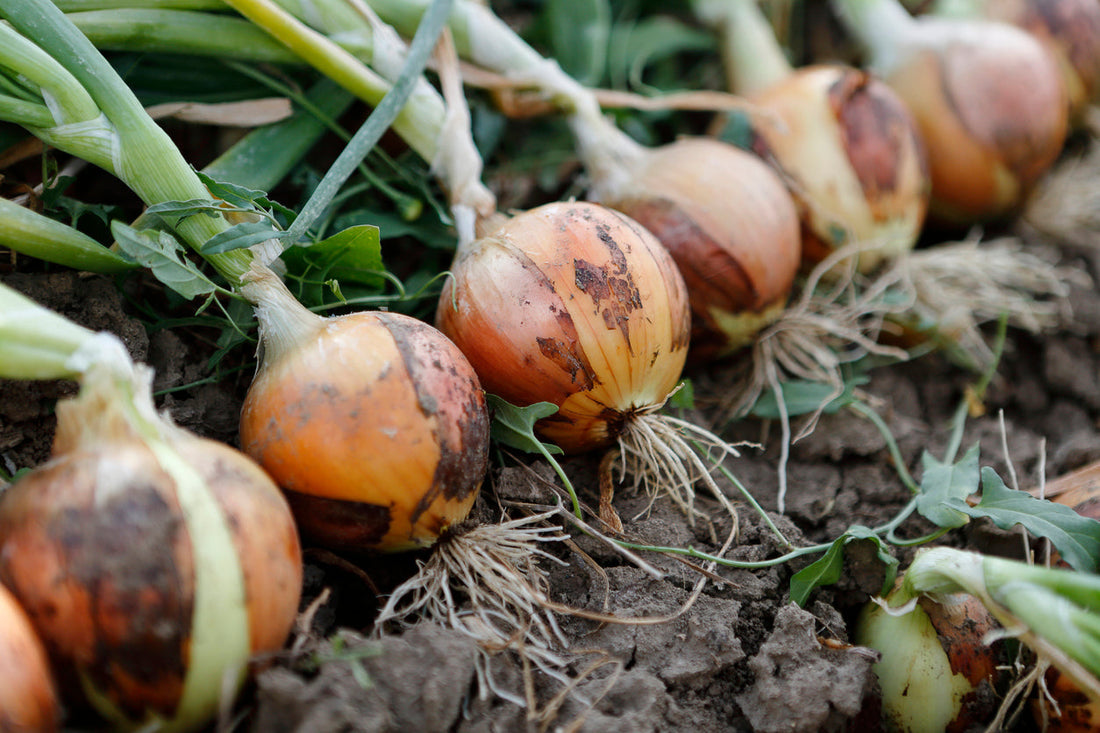
How to Grow Onions: A New Zealand Gardener's Guide
Candy RoseThere's something deeply satisfying about pulling a plump, fresh onion from the soil you've lovingly tended; the base to many meals, they really are a classic garden staple. Whether you're growing onions in a standard ground plot, raised beds, no-dig gardens or want to learn how to grow onions in a pot or container, this guide will walk you through everything you need to know to grow the best onions right here in New Zealand.
Understanding Onion Varieties
Before you get your hands dirty, it's worth knowing the different types of onions. In New Zealand, the most popular types include:
Brown onions (Italian Long Keeper or Pukekohe Long Keeper):
- Flavour Profile: Brown onions, also known as yellow onions, have a balanced, strong flavour that becomes sweeter when cooked.
- Best Uses: Ideal for a wide range of dishes, including soups, stews and casseroles. They are versatile and can be used in various cooking methods, such as sautéing, roasting or caramelising. Great all-rounders and excellent for storage.
Red onions (Red Amposta or Red Brunswick):
- Flavour Profile: Red onions have a strong, slightly sweet flavour and are known for their vibrant colour.
- Best Uses: Frequently used raw in salads and sandwiches to add a burst of colour and flavour. They can also be pickled, grilled or roasted, enhancing their sweetness.
White onions (Sweet Spanish or Walla Walla)
- Flavour Profile: White onions have a milder & sweeter taste compared to other varieties.
- Best Uses: Versatile in cooking, they are often used in salsas, sauces, and dishes where a softer onion flavour is desired.
Spring onions (White Welsh or Ishikura): Quick to grow, ideal for smaller spaces and containers.
- Flavour Profile: Spring onions have a mild, fresh taste with a hint of sweetness. The green tops are more herbaceous, while the white bulbs provide a subtle onion flavour.
- Best Uses: They are great for adding a pop of colour and flavour in salads, stir-fries and toppings for soups. Spring onions can also be grilled or roasted, enhancing their sweetness, and are commonly used as a garnish for dishes where a light onion flavour is desired.

The Best Time to Grow Onions in New Zealand
Timing is everything. The best time to sow onion seeds in most of New Zealand is during the cooler months.
- Seed sowing: Early autumn or early spring for areas that have cold frosty winters. Late autumn through winter to early spring for warm frost-free zones
- Transplanting sets or seedlings: Late winter to early spring.
Why this timing? Onions need cooler temperatures early in their life to establish strong roots and then warming conditions to form bulbs. Timing it right means stronger plants and bigger, better onions.
What Are Onion Sets?
You'll often hear gardeners debate seed vs. sets. So, what exactly are onion sets?
Onion sets are immature onion bulbs, grown the previous season, dried, and sold for planting. They're the middle ground between seeds and full-grown seedlings—easy to plant, quick to grow, and reliable for beginners, though more expensive than growing from seed. In New Zealand you can get onion sets from Bulbs Direct.

How to Plant Onions
Whether you're working with a large garden bed, raised bed or wondering how to grow onions in a pot, the planting process is similar.
Prepare your soil, onions thrive in well-drained, loose, fertile soil. Mix in compost or aged manure a few weeks before planting to give them a nutrient boost.
Soil pH should be slightly acidic to neutral (pH 6.0–7.0), so adding in some pine needles or coffee grounds shouldn't hurt your onions; you can always do a soil test to see if you have acidic or alkaline soil.
Raised beds or large pots/containers are ideal for planting in rather than heavily compacted soils; alternatively, creating a no-dig garden on top of heavy soil can help break it down over time.
Planting Depth & Spacing
- Seeds: Sow 6mm deep, spaced 15cm apart within row, 20cm between rows. You can always thin later and transplant elsewhere, this is a good way to succession sow, as transplants will mature later.
- Sets: Plant the pointy end up, 2 cm deep, with 15 cm between each.
- Seedlings: Transplant with 15cm within row, 20cm between rows.
Give them space to swell. Crowding leads to smaller bulbs.
Caring for Growing Onions
The secret to growing onions well is consistent care.
Watering
Keep soil moist but not soggy. Onions don't like to dry out completely, especially when young. However, too much water as bulbs mature can cause rot.
Feeding
Feed your onions every 3–4 weeks with a nutrient-rich liquid fertiliser such as our seaweed & herb feed early on.
Mulching & Weeding
Mulch helps retain moisture and suppress weeds—but keep it light near the base of the onion plant. Onions hate competition, so keep your beds weed-free.

Pests & Problems
Onions are fairly low-maintenance when it comes to pests, but watch for:
- Onion fly: Remove any plants that look wilted or rotting at the base.
- Thrips & Aphids: Tiny pests that cause silvery streaks or sap the plant. Neem oil can help tackle these pests.
- Fungal issues: Ensure good airflow and avoid overwatering; copper spray can used, if you're comfortable doing so, when issues arise.
Crop rotation is key—don't plant onions in the same place two years in a row; alternatively, cover crop with a biofumigant such as mustard, marigold or Smart Radish® in between seasons if crop rotation is impossible.
How to Know When to Harvest Onions
One of the most common questions: how do you know when onions are ready to harvest?
Simple signs:
- The tops begin to yellow and flop over.
- Bulbs have a good size and a papery outer skin.
Stop watering when you notice this. Let them sit in the soil for a week or two to harden, then lift them gently and dry in the sun or a dry shed for 2–3 weeks to cure for storage.
You can watch our Top Tips Onions video for more.
Storing & Using Onions (Without Tears)
Once cured, cut the tops off, leaving at least 3-5cm of stalk and store onions in a cool, dry place. Mesh bags, old stockings, or wooden crates work wonders for airflow.
And for the burning question—how to stop crying over onions?
Try this:
- Cut onions on a damp wooden chopping board.
- Keep a damp paper towel nearby to absorb the fumes.
- Chill onions in the fridge for 10–15 minutes before slicing.
You'll cry less and enjoy them more!
Onion FAQs
How can you tell when onions are ready to harvest?
Onions are ready when their tops flop over and dry out, and the bulbs feel firm. This usually happens in late summer or early autumn, depending on your climate.
How can I encourage my onions to grow larger?
To grow bigger onions, plant them early in warm soil, ensure proper spacing for air circulation, apply a balanced fertiliser early on, and keep weeds at bay to reduce competition for nutrients.
What are the stages of growing onions?
1. Germination: Seeds sprout in about 7-14 days.
2. Leaf Growth: Green shoots develop, crucial for photosynthesis.
3. Bulb Formation: Energy from leaves converts into bulb growth.
4. Maturation: Bulbs enlarge and prepare for harvest.
5. Harvest: Dig up onions when tops are flopped over.
6. Curing: Dry harvested onions for a few weeks to toughen skins and extend shelf life.
When is the best time to plant onions?
For seeds, plant in late autumn or early spring in frosty areas. In warmer regions, you can plant throughout winter. For sets or seedlings, early spring is ideal for optimal growth.
Quick Guide to Growing Onions
1. Choose Varieties: Select from brown, red, white or spring onions based on taste and use.
2. Timing: Sow seeds in early autumn or spring. For warm areas, plant in late autumn through early spring.
3. Soil Preparation: Use well-drained, loose soil. Mix in compost or aged manure for nutrients.
4. Planting:
- Seeds: Sow 6mm deep, spaced 15cm apart.
- Sets: Plant 2cm deep, pointy end up, with 15cm between.
- Seedlings: Transplant with 15cm spacing.
5. Care:
- Water regularly, keeping the soil moist.
- Feed every 3–4 weeks with a liquid fertiliser.
- Mulch to retain moisture and control weeds.
So grab your gloves, prep your soil plant some onion seeds today, we have plenty to choose from, and enjoy the slow magic of watching your tasty onions take shape.












